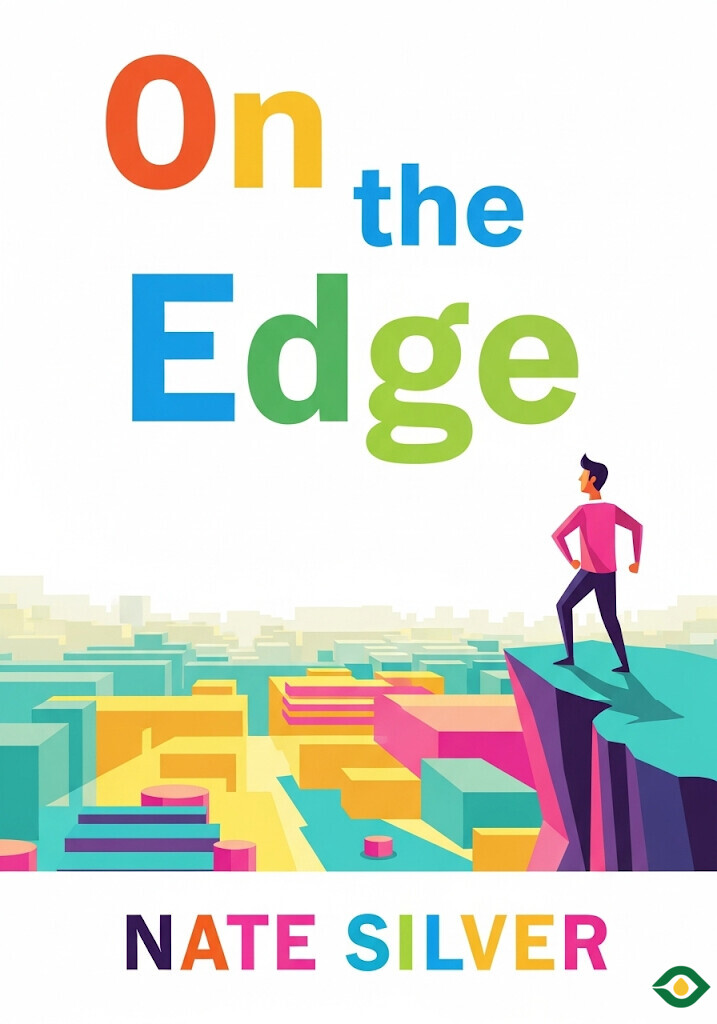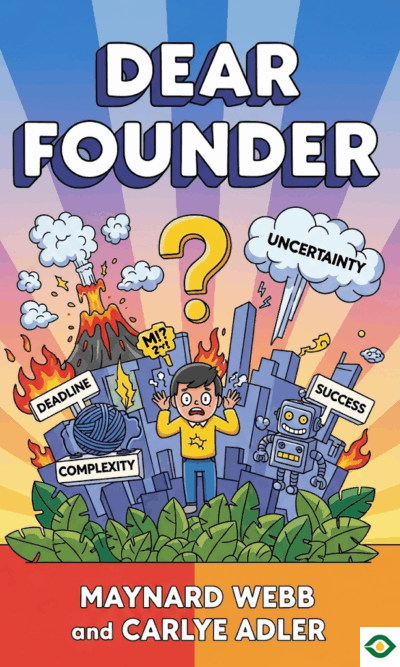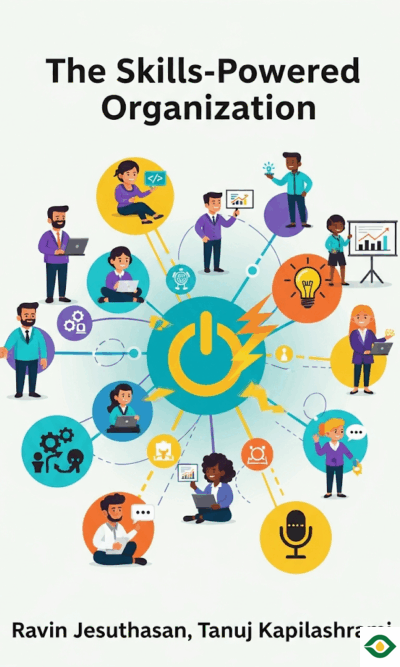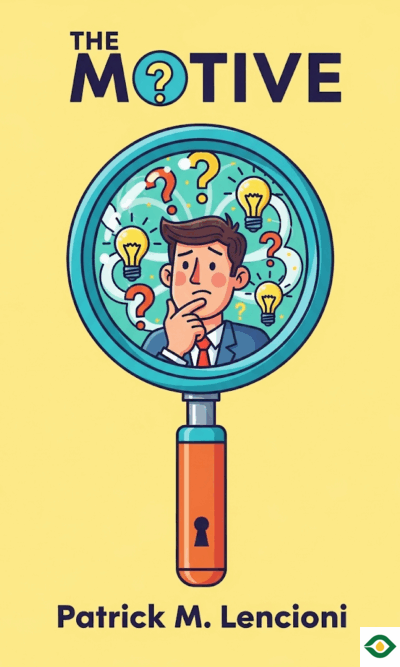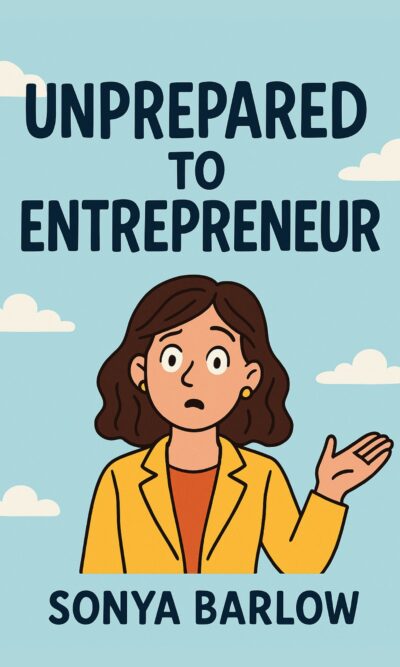Description
Life is full of uncertainty. We face risks every day, from financial investments and career choices to political decisions and health challenges. But while most people fear risk, some learn how to live with it, understand it, and even use it to their advantage. Nate Silver’s On the Edge explores how risk really works, why most of us misunderstand it, and what habits make certain people more successful when facing uncertainty.
At the heart of risk management is a simple but powerful idea: expected value. Imagine placing a bet where you will probably lose, but the reward is so large that, over many tries, you actually come out ahead. Expected value combines the chances of winning or losing with the size of the outcome. For example, if you buy a raffle ticket for with a one-in-2000 chance of winning a ,000,000 prize, most people would say it’s a waste of money. But if you do the math, the average payoff is actually per ticket. That doesn’t mean everyone should play—it depends on your situation. If losing would put you in crisis, the risk isn’t worth it. But if you can afford it, taking positive-value bets is the key to long-term success. This mindset separates people who see only short-term losses from those who understand long-term opportunity.
Silver himself learned these lessons as a professional poker player before becoming a famous political forecaster. Both poker and forecasting rely on thinking in probabilities rather than certainties. This is where many people make mistakes. They want a single answer—yes or no, win or lose—rather than a range of possible outcomes.
A good example comes from the 2016 U.S. presidential election. Silver gave Donald Trump about a 29% chance of winning. Many critics said Silver was wrong when Trump won. But probability doesn’t work that way. A 29% chance is like rolling a die and getting a one or two—it happens often enough that it should not be surprising. In fact, Silver’s forecast was more accurate than many others, because he gave Trump a higher chance than most experts or betting markets at the time. This shows the gap between people who think in probabilities and those who see the world only in black and white.
To better explain the different ways people think about uncertainty, Silver describes two groups: “the River” and “the Village.” The River is made up of people who analyze, calculate, and think abstractly—poker players, data scientists, financial analysts. They break down problems into numbers, look at the long-term odds, and detach emotions from decisions. On the other side is the Village—politicians, academics, and media figures—who often rely more on social context, tradition, or simple rules of thumb. Villagers sometimes treat unlikely events as impossible and likely events as certain. River people, meanwhile, can overlook social complexity by focusing too narrowly on numbers. Silver believes the best approach is to combine both perspectives, using the River’s analytical tools with the Village’s attention to human factors.
What sets successful risk-takers apart are certain habits and mindsets. One is strategic empathy: the ability to put yourself in another person’s shoes, not to feel sorry for them, but to understand how they think and what they might do next. Entrepreneurs like Mark Cuban use this by asking, “If I were competing against my own company, how would I try to beat it?” Military leaders use it by considering how conflicts look from the enemy’s point of view. Without this perspective, decision-makers miss critical threats or opportunities.
Another key trait is being process-oriented rather than results-oriented. Results can be misleading in the short term because chance plays such a large role. A poker player can make the correct move and still lose the hand. A business can make a wise investment and still see temporary losses. The best risk-takers focus on improving their decision-making process and trust that the results will follow over time. For instance, poker champion Phil Galfond once lost nearly a million euros in a single match but stuck to his process, reviewed his play carefully, and ultimately came back to win.
Then there’s the raise-or-fold mentality: the idea that half-measures are often worse than bold, decisive actions. In uncertain times, trying to play it safe by choosing the middle ground can lead to failure. During the COVID-19 pandemic, countries that either fully committed to containment or fully committed to openness tended to do better than those that tried to do a little of both. Decisiveness, even when risky, can be better than hesitation.
Two more habits stand out among master risk-takers. The first is conscientious contrarianism. This means carefully questioning the majority and building logical reasons for why most people might be wrong. For example, Katalin Karikó’s research on mRNA technology was ignored by much of the scientific community because it seemed too difficult or too risky. But she saw that the bias toward short-term results was blinding people to long-term possibilities. Her persistence ultimately laid the foundation for the COVID-19 vaccines that saved millions of lives. Contrarian thinkers don’t disagree just to be different—they look for hidden opportunities where the crowd is overlooking something important.
The second is selective attention. In a world overflowing with information, focusing only on what matters most is a survival skill. Astronaut Kathryn Sullivan emphasized this during space missions: with alarms and signals coming from all directions, the ability to decide instantly what matters and what can be ignored can make the difference between success and disaster. Similarly, great poker players conserve energy during unimportant moments, but snap into sharp focus when it really counts. Business leaders and entrepreneurs apply this same principle—knowing when to dive into details and when to step back. This ability protects against burnout and ensures peak performance at the right time.
Together, these habits—strategic empathy, process orientation, decisiveness, contrarian thinking, and selective attention—form a toolkit for living successfully with risk. They help people avoid being blinded by fear, short-term results, or the comfort of following the crowd. Instead, they encourage clear thinking, long-term perspective, and the courage to act.
The main lesson of On the Edge is that risk is not something we can escape. Uncertainty is a permanent part of life. But we can learn to handle it better. Understanding expected value helps us see beyond short-term wins or losses. Thinking in probabilities prevents us from being surprised when the unlikely happens. Blending the mindsets of the River and the Village helps us stay both analytical and human. And adopting the habits of master risk-takers allows us to turn uncertainty into opportunity.
Risk will always be with us, in business, politics, science, or daily life. But by learning how to think about it, we can stop seeing risk as an enemy and start seeing it as a natural part of growth and progress. That is the path to making smarter decisions in a world that will always remain unpredictable.

